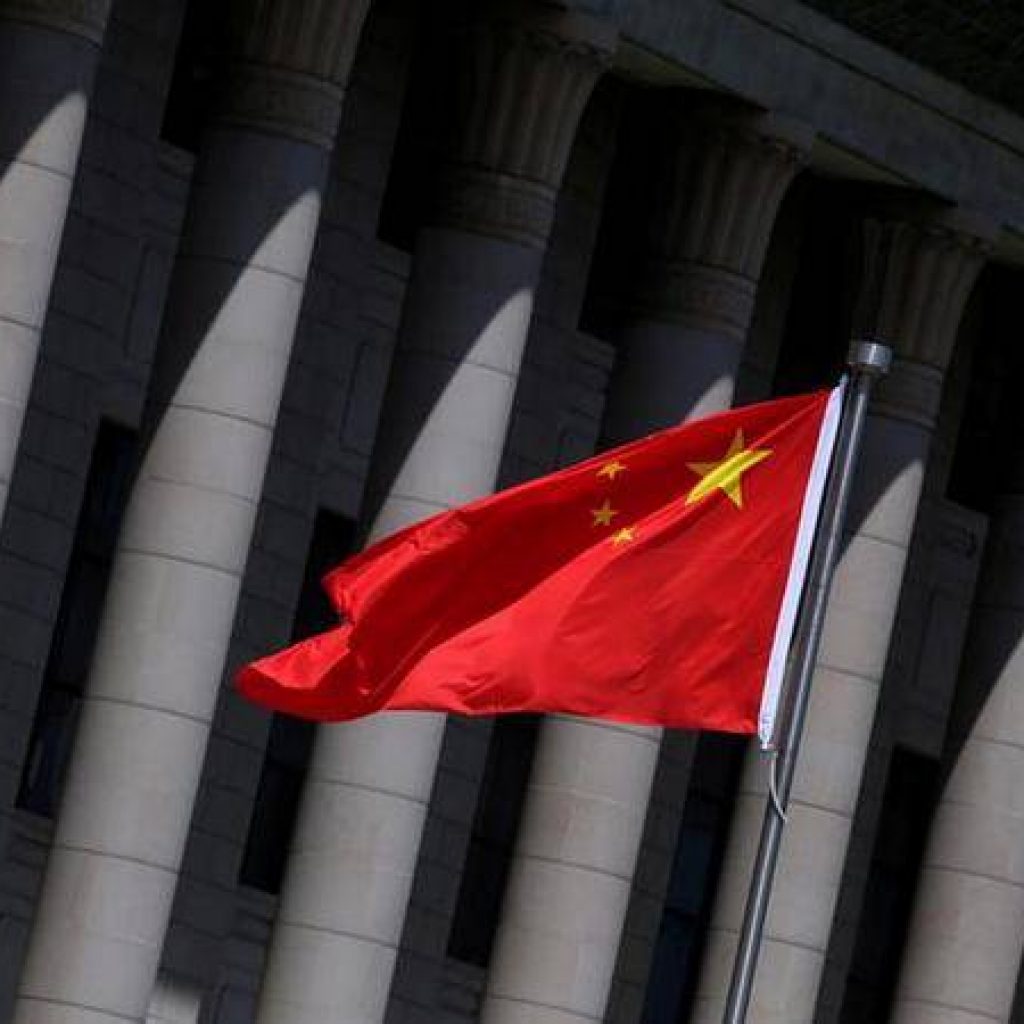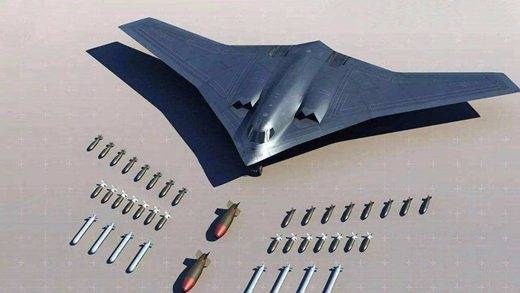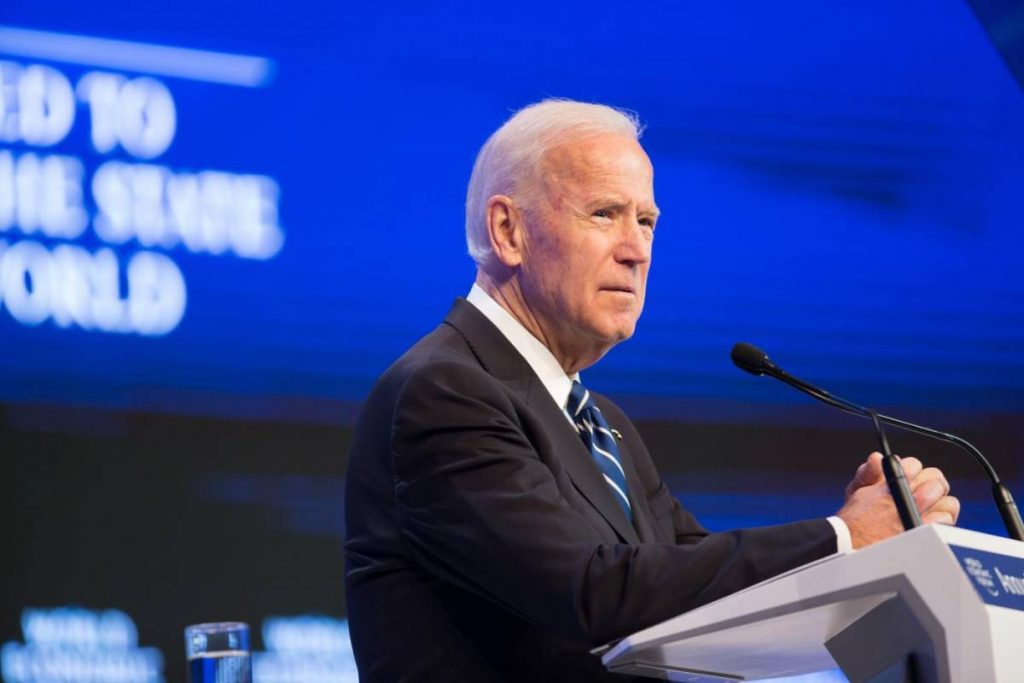Little is known about the H-20, although speculation abounds. One thing is certain, however, that its introduction to service is getting closer….reports Asian Lite News
The People’s Liberation Army Rocket Force, which controls China’s nuclear arsenal, has attracted much attention recently with the discovery of no fewer than 250 intercontinental ballistic-missile silos in three separate installations deep inside China. However, one other arm of China’s nuclear triad is yet to appear – the H-20 strategic bomber.
Little is known about the H-20, although speculation abounds. One thing is certain, however, that its introduction to service is getting closer.
Since WWII, bombers have been widely used in conflicts such as Afghanistan, Chechnya, the Gulf War, Iraq, Korea, Libya, Syria, Vietnam and Yugoslavia.
The fielding of bombers stagnated in the latter stages of the Cold War, primarily because they were expensive to develop and also because their role in delivering nuclear weapons could be taken over by ICBMs.
Douglas Barrie, Senior Fellow for Military Aerospace at the International Institute of Strategic Studies (IISS) in the UK, told ANI about the advantages a strategic bomber brings: “Heavy bombers offer the traditional virtues of range and payload, medium bombers the same, only less so. The associated costs of such capabilities, however, will continue to limit the number of operators.”
Indeed, in the present day, only three air forces can field strategic bombers: China, Russia and the USA. Significantly, all three nations are developing new stealthy bombers to replace legacy fleets. Furthermore, it is highly unlikely any other country will join this American-Chinese-Russian triad any time soon.
As Barrie noted, “It’s really difficult to see anyone else getting into the business, partly because it’s so expensive … and you’ve got to be an intercontinental, if not a global, power to have that kind of ambition.”
Whereas the USA has already revealed artist’s impressions of its future B-21 Raider stealth bomber, minimal information has emerged from secretive China about its equivalent H-20. What is known is that the Xian Aircraft Industrial Corporation (XAC) is developing the H-20, and that its first official confirmation came from General Ma Xiaotian, the then People’s Liberation Army Air Force (PLAAF) commander, in September 2016: “We are now developing a new-generation, long-range strike bomber that you will see sometime in the future.”
ANI asked Barrie about the H-20, and he offered up this summary. “Beyond the designation and the Chinese military’s confirmation that it is working on a new bomber, little else has been confirmed about the program. It is probably a flying-wing design with signature management in mind.”
A flying wing design is an aircraft that has no tail and where the fuselage is indistinguishable from the wing. The first bomber of this type was the B-2 Spirit of the US Air Force (USAF). China has already flown flying wing unmanned aerial vehicles (UAV), demonstrating both its familiarity with and mastery of such designs.
Barrie’s mention of “signature management” refers to stealthiness, keeping the aircraft as unobservable as possible in multiple wave bands so that enemy radar will struggle to find and track it.
“The laws of physics will determine what your limit is in an absolutist sense. And the other limit is just how much money your finances are willing to bear,” the IIISS member explained. Barrie described a curve of diminishing returns, where spending massively will achieve just tiny further improvements in stealth and performance. It is unknown what China’s budget for the H-20 is, but it will assuredly be in the billions.
The idea that the H-20 will be a flying wing design was seemingly confirmed by an Aviation Industry Corporation promotional video released in May 2018. Released to commemorate XAC’s 60th anniversary, that video showed the front view of a flying wing aircraft concept. This was followed in January 2021 by inclusion of a rendering of a flying wing bomber in a PLAAF pilot recruiting video.

Thus we have tantalizing glimpses of what the H-20 might look like, with Chinese state paranoia refusing to offer up more than that. The China Daily published an article quoting Fu Qianshao, a retired PLAAF equipment expert, who proudly claimed the H-20 would be more capable than the American B-2, bigger than the future B-21 and that it would “outshine its peers around the world”. However, this was mere gushing propaganda.
In the article, Fu added: “Once the new bomber is unveiled, it will definitely be world-leading hardware thanks to our unique technologies, and will be equipped with reliable engines. People only need to wait patiently to see the rise of the Chinese aviation industry and the PLAAF.”
It is relevant that Fu mentioned “reliable engines,” for sophisticated military jet engines have proved notoriously difficult for China to master. At this stage it is unclear what engines will power the H-20. Although it is making progress with engines like the WS10, now installed on the indigenous J-10 single-engine fighter, China still imports quantities of engines from Russia.
The Pentagon’s 2020 report on China’s military said “the PLAAF is seeking to extend its power projection capability with the development of a new stealth strategic bomber”. The Pentagon added that it should have the following features: “a stealthy design, employing many fifth-generation technologies; a likely range of at least 8,500km; a payload of at least 10 metric tons; and a capability to employ both conventional and nuclear weaponry.”
Indeed, it goes without saying that the H-20 will be capable of carrying nuclear weapons. It would not make sense to invest so many renminbi in an advanced bomber if it was not going to contribute to China’s nuclear triad.

The underwater arm of the triad consists of six Type 094 Jin-class nuclear-powered ballistic missile submarines (SSBN) each carrying up to twelve JL-2 submarine-launched ballistic missiles (SLBM). China is also developing the next-generation Type 096 that will be armed with the more formidable nuclear-armed JL-3 SLBM with potential 9,000km range. Construction of the Type 096 could begin in the early 2020s. China has never confirmed its SSBNs have conducted patrols with JL-2 SLBMs aboard, but it must be assumed this is the case. The American Office of Naval Intelligence predicts China will have eight SSBNs by 2030, and that at least five are necessary to maintain a continuous peacetime presence.
However, the bulk of China’s nuclear arsenal resides in mobile transporter-erector launchers (the DF-31, DF-31A, DF-31AG, DF-41 and dual-capable DF-26) and silo- based missiles (the DF-5 series and in the future the DF-41).
Last year’s annual report from the Bulletin of the Atomic Scientists, titled Chinese Nuclear Forces 2020 and authored by Hans Kristensen and Matt Korda, claimed, “We estimate that China has a produced a stockpile of approximately 350 nuclear warheads, of which roughly 272 are for delivery by more than 240 operational land-based ballistic missiles, 48 sea-based ballistic missiles and 20 nuclear gravity bombs assigned to bombers.” The report continued,
“The remaining 78 warheads are intended to arm additional land- and sea-based missiles that are in the process of being fielded.” Add to this China’s fielding of hypersonic-speed warheads and multiple independent re-entry vehicles (multiple warheads within a missile cone), and one can see that China has a very sophisticated arsenal. Arrival of the H-20, an aircraft able to fly intercontinental distances and carry nuclear-armed missiles, will strengthen China’s nuclear triad even further.
Nobody really knows when the H-20 will enter service, but dates being speculated upon are the 2026-27 period. In comparison, the American B-21’s maiden flight is slated for May 2022, and the first B-21 should be operational by the mid-2020s. Thus, both countries could be fielding new stealth bombers at about the same time. What about existing Chinese bombers? The PLAAF and PLA Navy (PLAN) rely on a fleet of around 160 H-6 bombers built by XAC, these being a direct copy of the Soviet-era Tu-16 Badger.
China has worked hard to prolong the life of the legacy H-6 fleet, and two of the most interesting variants are the H-6K and H-6N. The H-6K is fitted with more efficient Russian-built turbofan engines for greater range, and the type can carry up to six ADK-20 cruise missiles possessing a purported range of 2,500km. The PLAN’s equivalent is the H-6J maritime strike version that carries six supersonic long-range YJ-12 anti-ship cruise missiles.
Meanwhile, when it comes to nuclear capability, the H-6N is particularly relevant. Capable of in-flight refuelling, the type has a belly recess instead of a traditional bomb bay. In October 2020, an H-6N was spotted carrying an air-launched ballistic missile featuring a hypersonic warhead.

The mysterious missile could have a 3,000km range and might be operational by 2025. Although unverified, the approximately 20-strong H-6N fleet may also be able to carry the DF-100 cruise missile and DR-8 supersonic UAV. Nuclear-capable H-6Ns of the PLAAF’s 106th Brigade are stationed at Neixiang Air Base in Henan Province.
The H-6 is hardly stealthy, but China frequently sends them over the Western Pacific towards Guam and to circumnavigate Taiwan. Despite their age, they still pose a significant military and psychological threat to potential targets. According to Barrie, key characteristics of a modern strategic bomber are signature management (including the use of active and passive techniques), sensor integration and the ability to operate in a network-degraded or a denied environment.
Too, they should be armed with very low-observable subsonic cruise missiles, high-speed cruise missiles and large numbers of medium-range conventional precision air-to-surface munitions.
Furthermore, some self-defense weapons and perhaps long-range air-to-air missiles may also feature. The latter could be reserved for high-value targets like enemy airborne early warning aircraft and air-to-air refuelling platforms, for example. Once the H-20 is fielded, China may also surprise many with the variety of weapons designed for it.
China will doubtlessly seek to make the H-20 as cheap as possible to operate too, as bombers are incredibly expensive to fly and maintain. According to US FY2019 data, bombers are by far the most labour-intensive aircraft in the USAF’s inventory. For example, a B-2 needs almost 9,000 military personnel per 12 aircraft. This compared to less than 2,000 personnel per dozen MQ-9 Reapers in FY2019.
It is possible the American B-21 will have unmanned systems flying alongside or even in place of when it goes into combat. If the USA is investing in this type of technology, then it seems likely China will be too. Beijing is already investing heavily in UAVs, both armed and reconnaissance types.
Barrie pointed out that any UAV would need to have a similar range and payload as its associated bomber. “So if you use the same airframe, even if it’s a scalable airframe – the argument is you take the cockpit and crew out, you either make the whole thing smaller, or you up the fuel fraction or you up the weapon payload. If you’re making it out of the same design, the possible benefits are increasing production numbers. If you can produce more, your unit cost is lower.”
An unmanned bomber could be used in a far riskier way than piloted aircraft. “Using an uninhabited system alongside a bomber would obviously have advantages,” Barrie explained. “You could fly it in ahead of a bomber to look at the threat environment or get hostile radars to light up and suppress them.”
However, he noted, “You’ve got to have the same signature management because what’s the point of a fantastically stealthy platform with a crew, but a UAV that tells everybody there’s a low-observable bomber out there?” (ANI)





